The Indian capital can be visited in any season. The city is accessible to all, for all ages and all budgets. So, don't ignore your pleasure!
Day 1: Old Delhi
Day 2: Connaught Place
Day 3: South
Day 4: On the banks of the Yamuna
Day 5: Lodi Garden
Day 6: Visit of Akshardham
Day 7: Darya Ganj
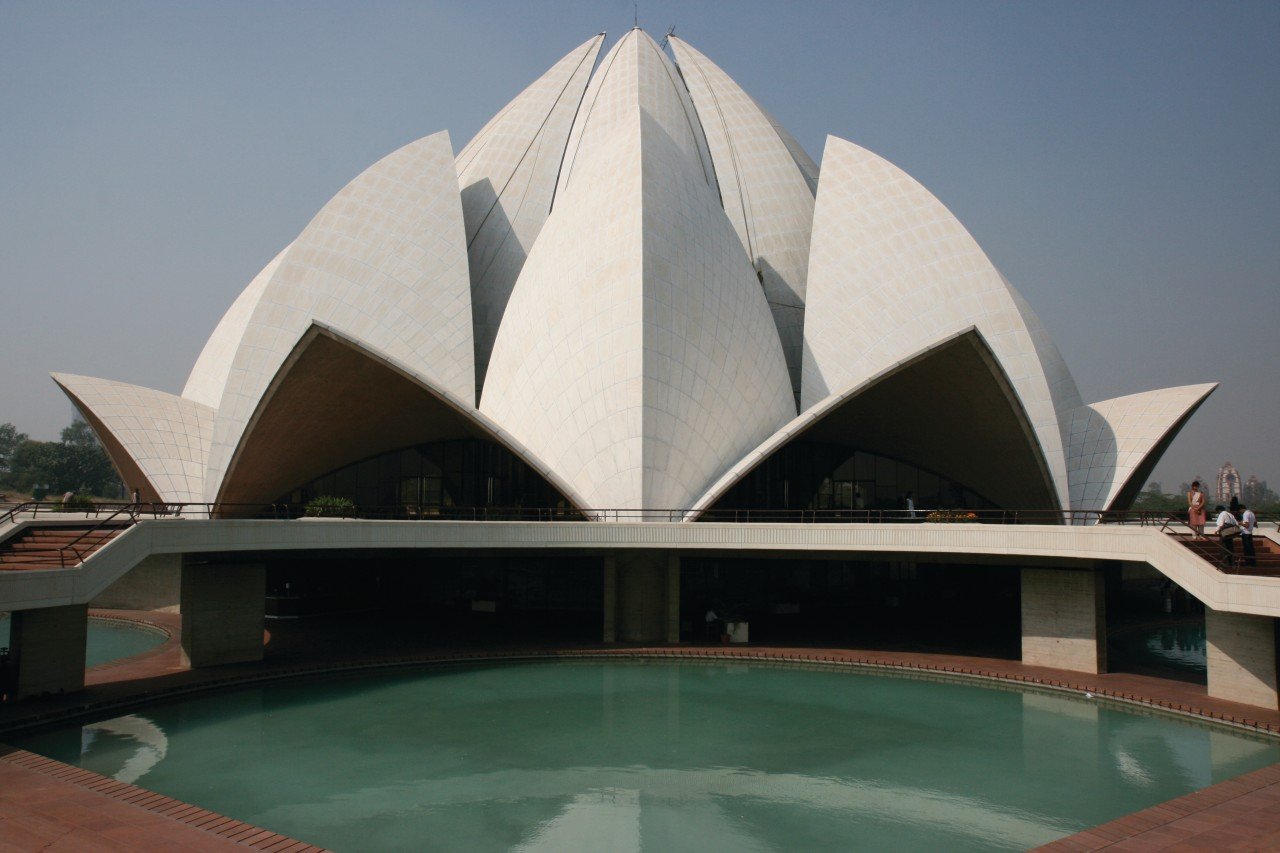 ©Stéphan SZEREMETA
©Stéphan SZEREMETA
Why not dive directly into the Old Delhi heart full of life and trades? On Chandni Chowk, its main street, everything seems only noisy and bustle, but this place is unique, almost indescribable: in short, it is unmissable. Sneak into the adjacent streets to discover treasures among the bazaars of Dariba Khalan (jewellery) and Kinari Bazar (accessories and wedding outfits). Don't miss Khari Brands, the largest spice market in Asia that smells the mixture of cardamom and turmeric. After a lunch at Karim, in the alleys behind the Jama Masjid mosque or on the go at Haldiram's, go to Lal Qila, in other words the beautiful and impressive red Fort. Leaving the Red Fort, follow Muslim pilgrims to visit the massive Jama Masjid mosque, the largest in India. Don't forget to visit the oldest Jan temple in Delhi, Lal Mandir, and go up to the first floor to discover the Bird Hospital that hosts the wounded birds of the capital. Then, take a rickshaw to join Chor Bizarre, the Kashmiri specialities restaurant of {1}Delhi{/1}, located in the Broadway Hotel in the Darya Ganj area.
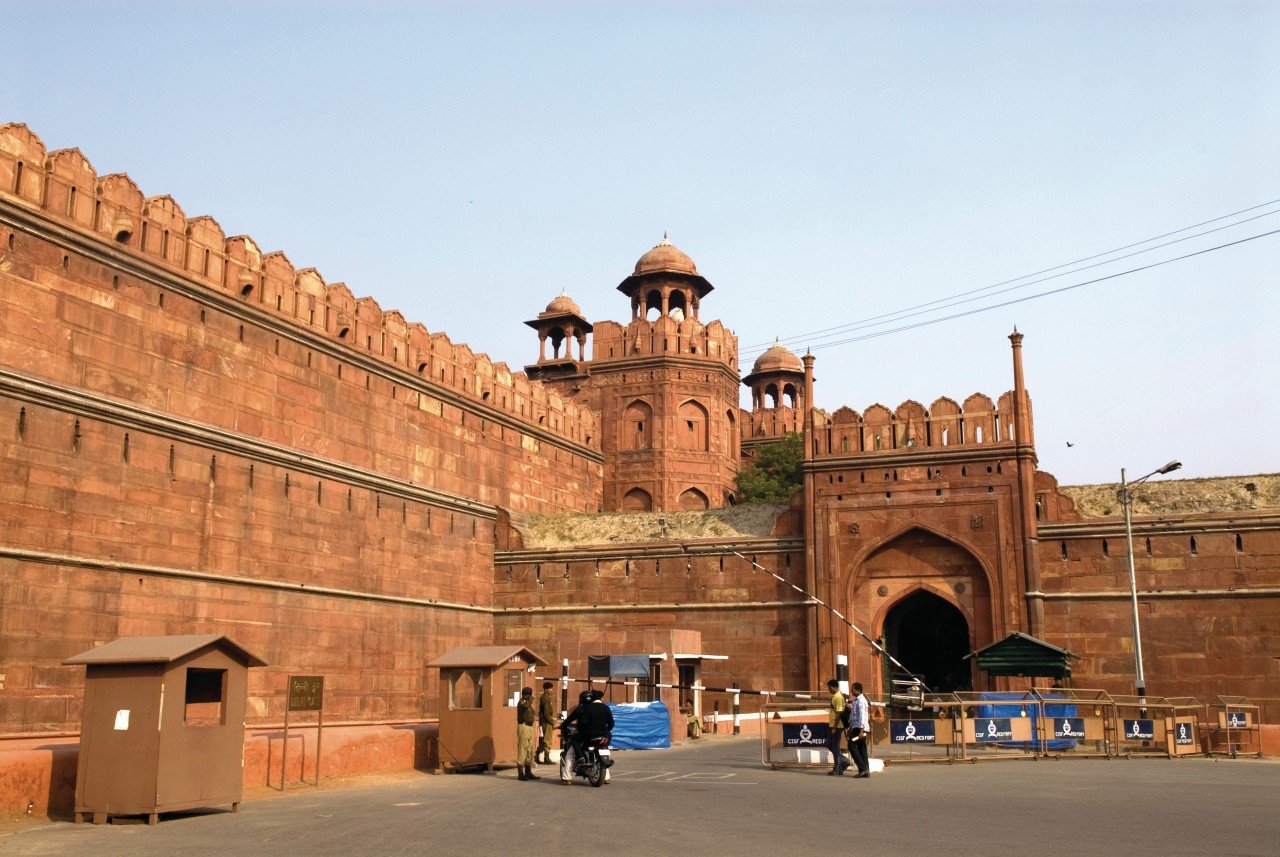 ©Alamer - Iconotec
©Alamer - Iconotec
Go to Connaught Place, the city's modern heart. There are countless shops and restaurants spread over the circular double circular crown surrounding the square. The imposing Central Cottage Industries Emporium will allow you to buy regional handicraft at regulated price or to identify the rates posted by the state and then get a cheaper deal in the bazaars! In the South-west of Connaught Place, you can find the golden dome of the largest Sikh temple in Delhi, Gurudwara Bangla Sahib. Further to the west, the Hindu temple Lakshmi Narayan, all made of white marble, takes its name from the goddess of Abundance. For lunch, take a rickshaw to go to the Bengali Market and have lunch in "Indian" way with a thali or a dosa. Then return to Connaught Place to discover Jantar Mantar, the open air observatory built by the Maharaja of Japur. Then, take theJanpath Avenue to visit the National Museum, which houses art objects from all over the country and a magnificent collection of statues and jewellery. Then, take a tea break at the Atrium in the luxurious Imperial Hotel. At the end of Raj Path, the "Champs-Elysées" of the capital is Rashtrapati Bhavan, the presidential palace and the circular building Sansad Bhavan where the Parliament sits. At dusk, do like a crowd of people and join India Gate, the ark built for the Indian soldiers killed during the First World War. You will finally end your day with a dinner at Khan Market, and why not at The Kitchen restaurant, specialized in Thai dishes.
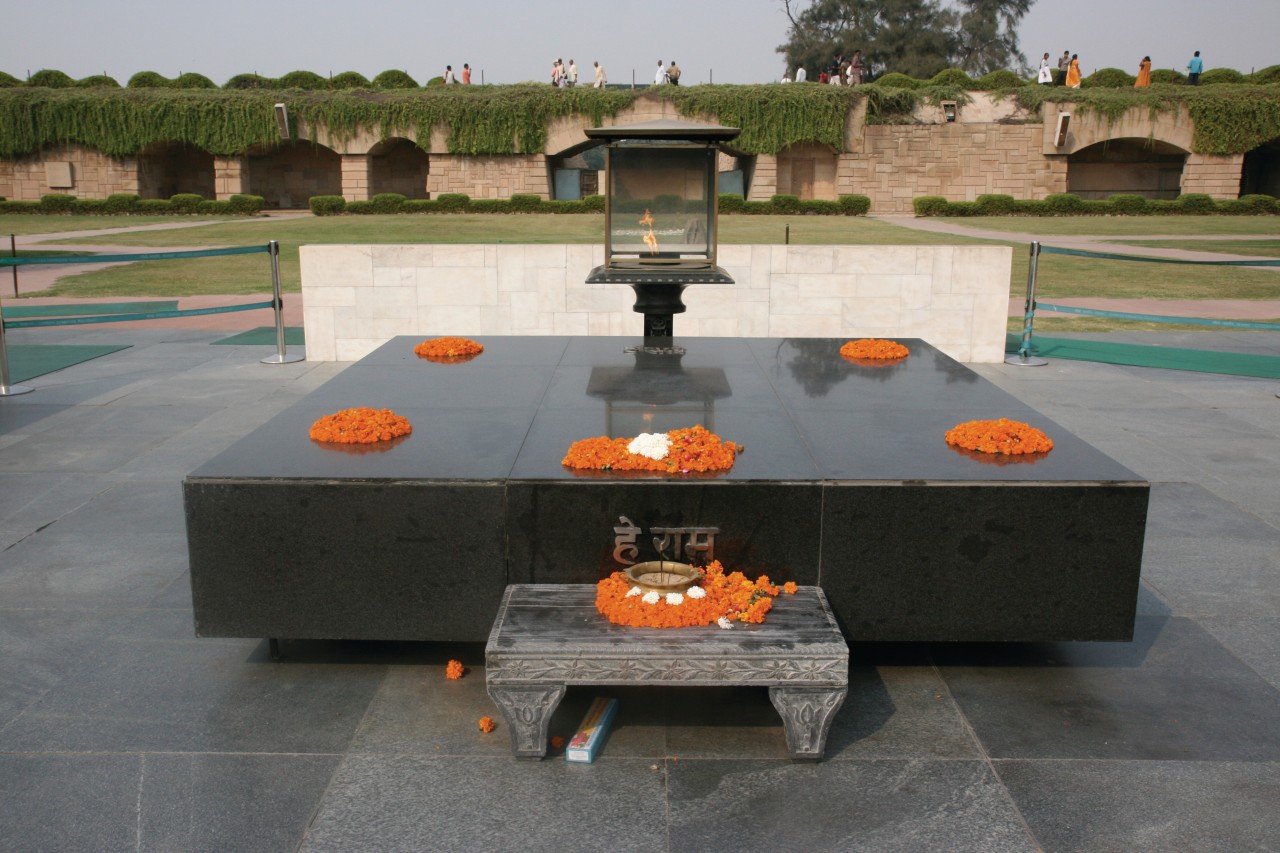 ©Stéphan SZEREMETA
©Stéphan SZEREMETA
Go to the south of the city, for a start around Hauz Khas Village, with its madrasas and tomb of Feroze Shah Tughlaq. Stroll through the narrow streets of the village, dotted with art galleries, Indian designer shops and antique shops. Enjoy lunch at the Gunpowder or Nayvediam, both of which offer excellent South Indian cuisine. Then, take the metro to join the Complex of Qutab Minar dominated by its 72 m high tower. If your legs allow you, go through the site of the ruins of Mehrauli, with its 70 monuments, for a comeback in the history of the construction of Delhi. End the late afternoon in the charming and peaceful Garden of the Five Senses where you can dine at the Harem or Magic, two chic restaurants offering an excellent fusion cuisine menu.
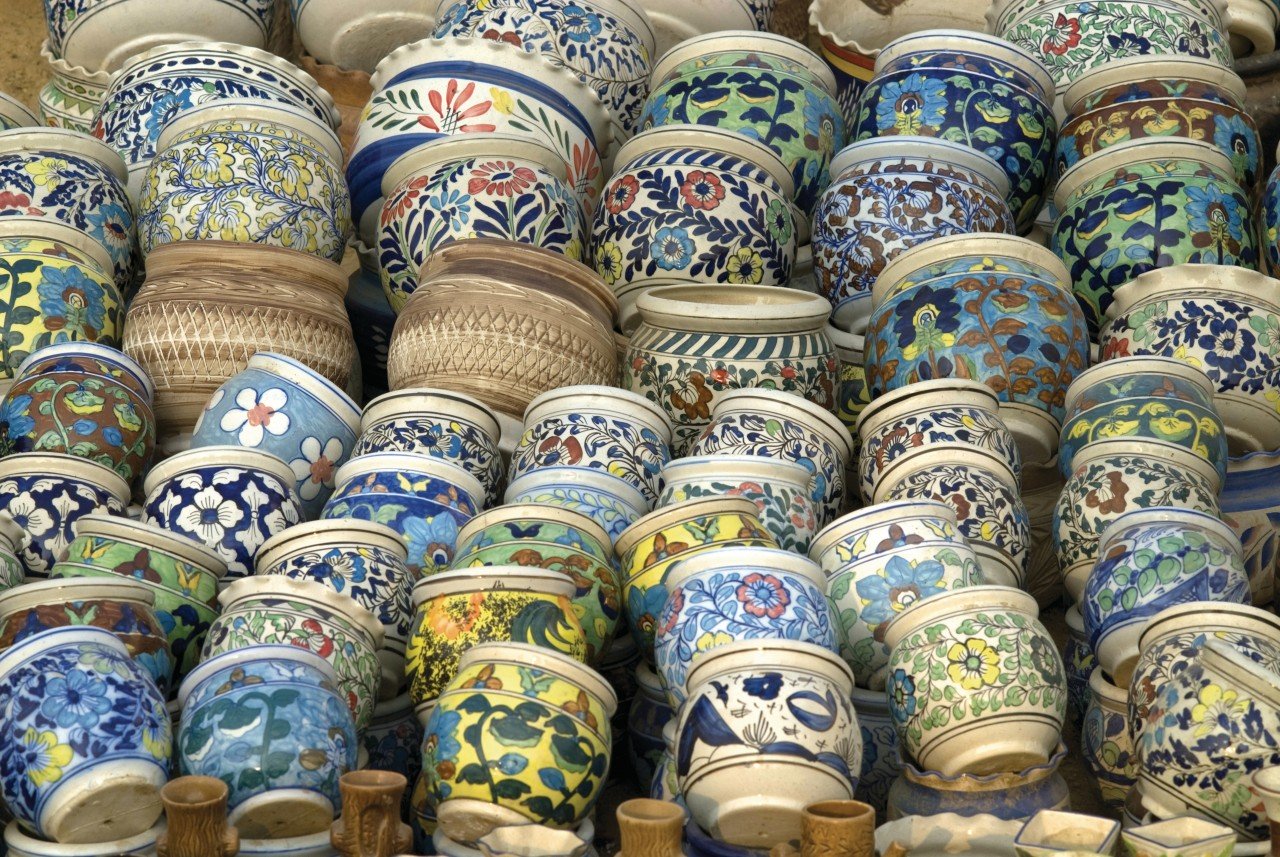 ©Alamer - Iconotec
©Alamer - Iconotec
On the banks of the Yamuna, you will take a breath of fresh air at Shanti Vana Park where you can see the Raj Ghat which marks the incineration of Mahatma Gandhi. Then, go down to the old fort of Purana Qila, which, from the top of its walls perched on a hill, offers a panoramic view of the city. You can then visit the Sundar Nagar Market, with its art galleries and its Indian and Nepalese handicraft shops. Don't forget to take a lunch break at Nathu's Sweet, renowned for its good street cuisine (without flies!) and its excellent selection of Indian pastries. You can then go further south (on foot or rickshaw) to visit the tomb of the Mughal Emperor Humayun, the most beautiful monument in Delhi. As you head to Mathura Road, you then enter the Muslim Sufi district of Nizamuddin West. Every Thursday evening, in the enclosure of the dargah (tomb of the saint), Indians of all denominations get together to hear Sufi songs: a memorable moment. Don't leave the neighborhood without having dinner at Karim, this time in its "luxury" version. The dishes are very delicious and even more varied!
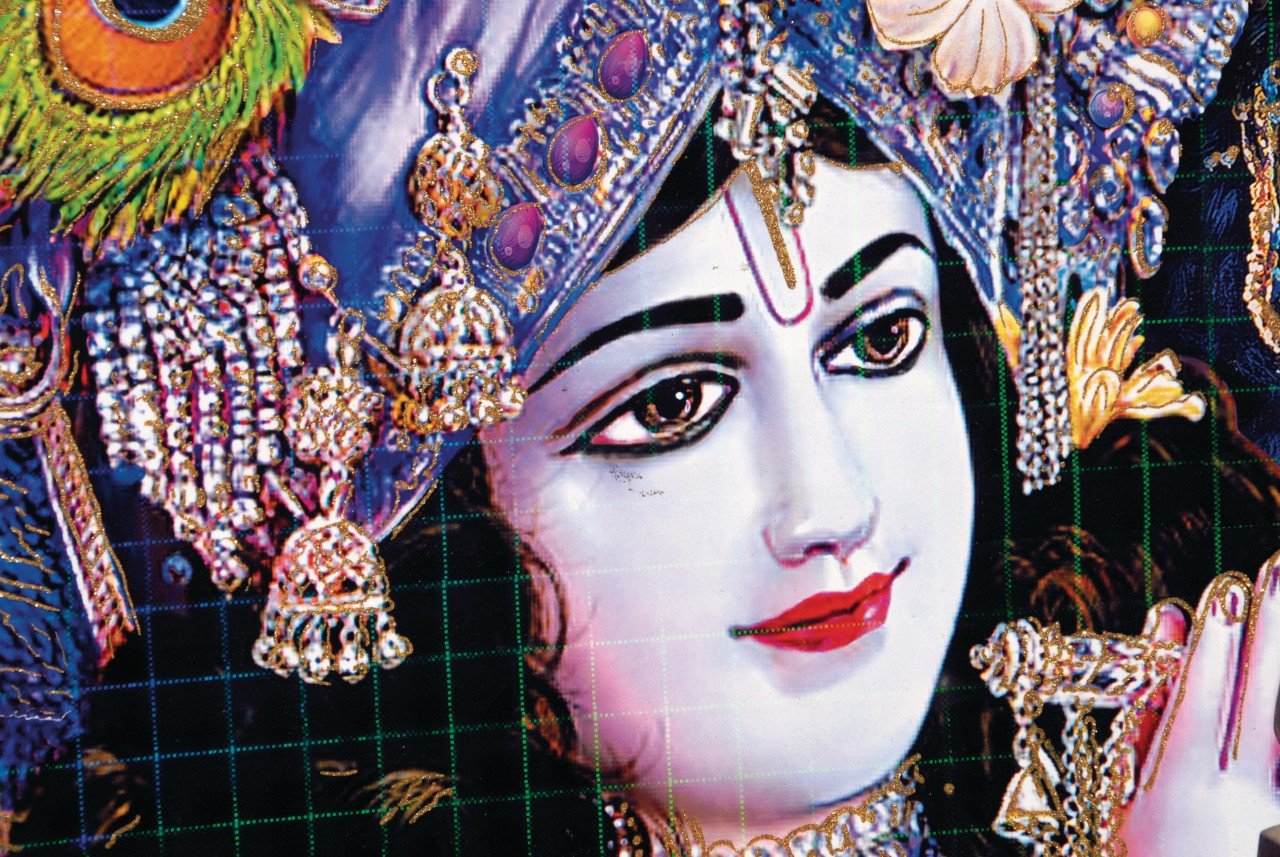 ©Nicolas HONOREZ
©Nicolas HONOREZ
Why not start the day in a green setting, on the lawns of Lodi Garden? Under the gaze of the birds that populate the place, you can stroll through the monuments of the Lodi era, including the octagonal tomb of Muhammad Shan. In the west of the garden, the tomb of Safdarjung will allow you to admire the last Mughal monument erected in Delhi. By taking the metro to the INA station, you can then reach the Dilli Haat Market. You can shop at the stands of craftsmen from all over India and enjoy the regional specialities for your lunch break. Opposite, the INA Market is very well known for its food staples. It's the opportunity to buy some pickles, spices and chutneys to take home! Then, take Lodi Road to visit the Maison du Tibet and its charming small museum. It also houses a library of over 4 000 books. On its left, you can see India Habitat Center, a semi-private cultural complex that will allow you to admire the exhibition of the moment. Then, go back to the southeast of the city to visit a strange contemporary monument: the Lotus Temple. You can admire the sunset on this architectural complex erected to the glory of Baha'i religion and open to all beliefs. Your day can end with a dinner at Mothi Mahal, specialist in tandoori and butter chicken, in the M Block Market located in Greater Kalash 1.
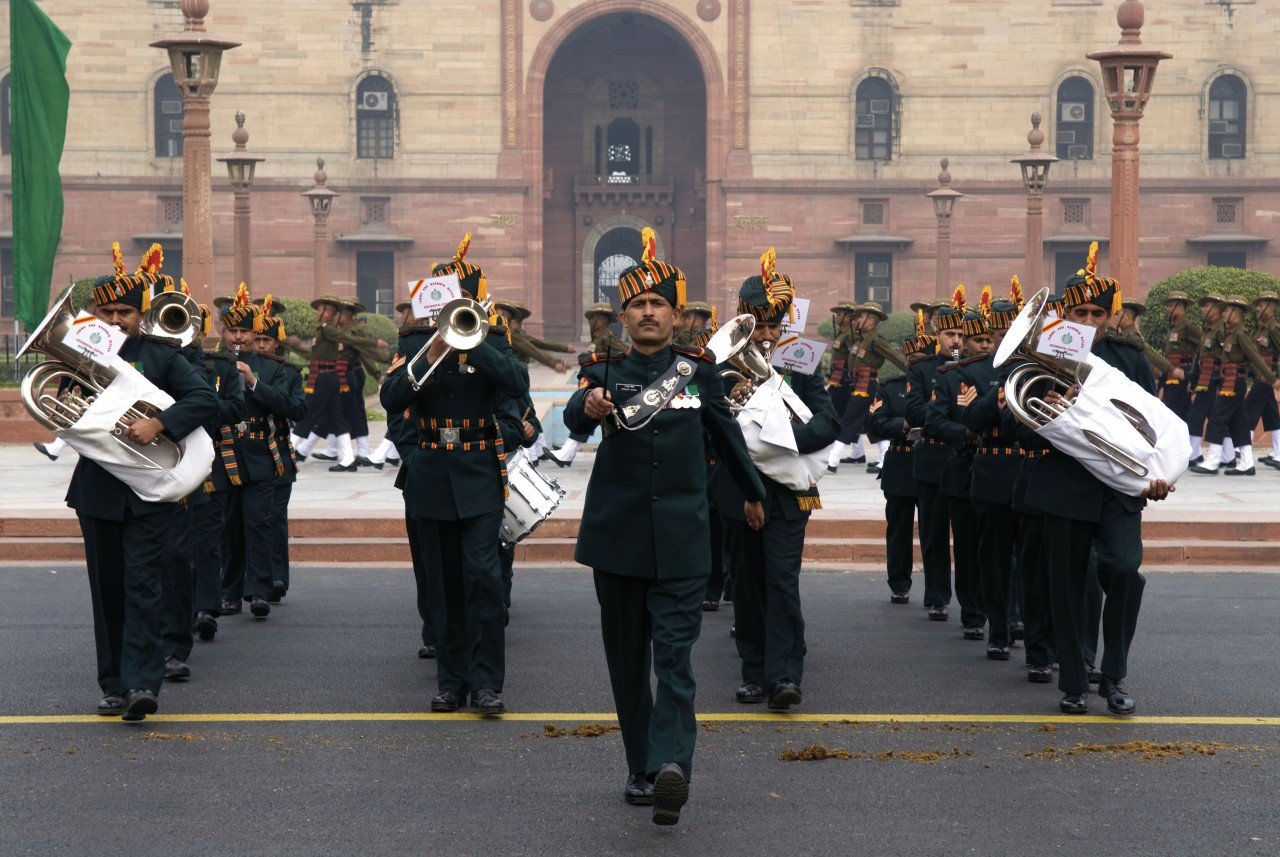 ©Alamer - Iconotec
©Alamer - Iconotec
You can spend the morning in the colossal Hindu temple of Akshardham. This somewhat kitsch contemporary temple has just been completed since 2005. Everything is clean and safe. For lunch break and shopping, go to the Spice World in the suburbs of Noda. Located on the other side of the Yamuna, it is one of the biggest shopping centres in the Delhi's territory. Here, you will find all kinds of restaurants, cinema complexes and dozens of shops mixing Indian and Western brands. After your shopping, head to Connaught Place for a Chinese or Japanese dinner in Zen or the very stylish Veda which combines the traditional Indian cuisine with modern influences. Thenm you can join the Agni Bar to relax with a drink or enjoy its dance floor with the sounds of local Djs.
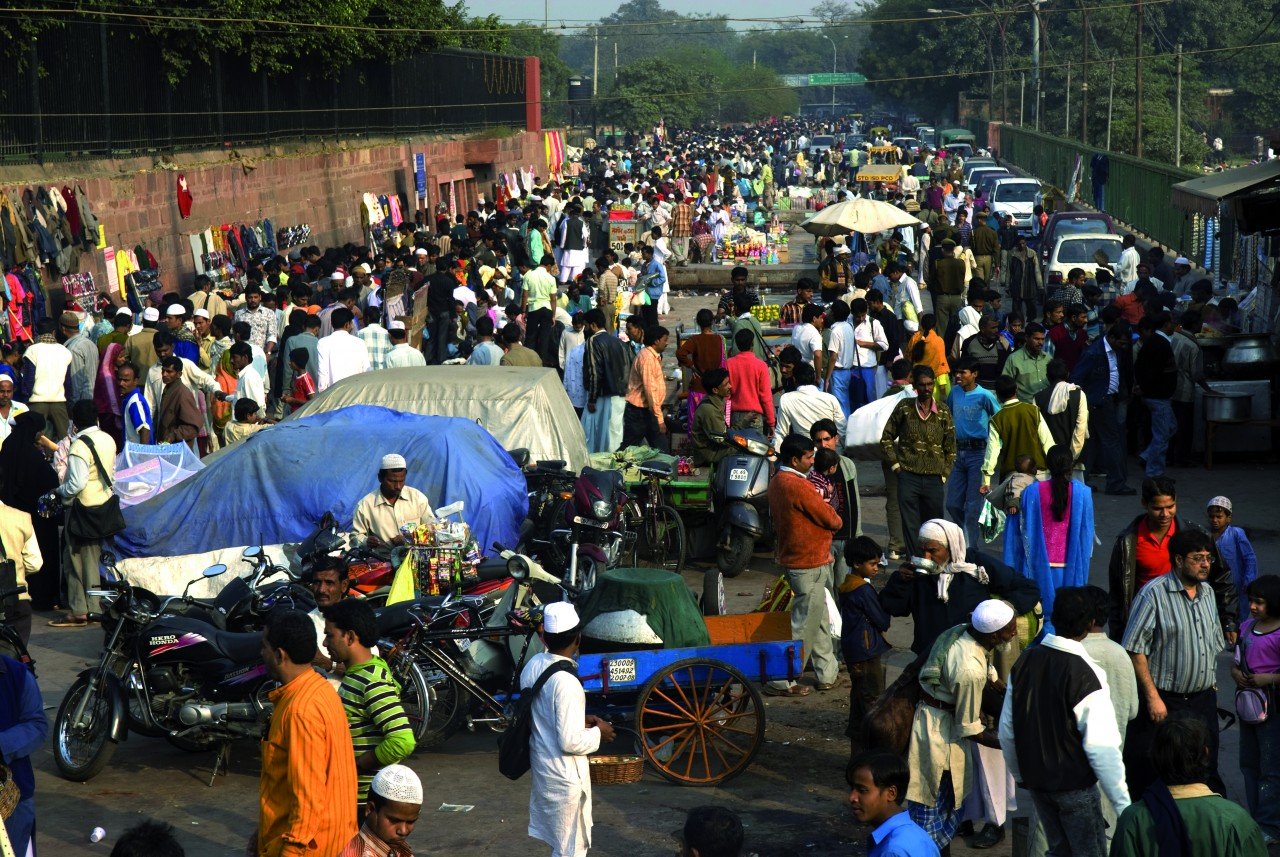 ©Alamer - Iconotec
©Alamer - Iconotec
On Sunday morning, go to Darya Ganj for the popular Sunday Book Market and its 150 vendors of used book at ridiculously low prices. Then, you can visit Majnu Ka Tilla, the district of the DelhiTibetan community: a trip to another world, with Buddhist tranquillity. In addition, the area is entirely pedestrian: happiness! Lunch in one of its restaurants to taste a speciality of Tibet (like the momos), then wander through the narrow streets, where you will meet the smile of a bonze moving to one of the two Buddhist temples of the central plot. You can enjoy a Yak butter tea in a small shop or shop in the shops held by the Tibetans. Everything is very peaceful. Then, go down south to reach the residential area of Civil Lines, this first enclave built by the British. You can visit some vestiges of their passage. Saint James church near Kashmiri Gate, built in the 19th century by Colonel James Skinner, is the oldest church in Delhi. The Coronation Memorial, on Outer Ring Road, marked by its obelisk the coronation of King George V of England as the emperor of India in 1911. Your day can end at Mocha Café, very cosy, for a dinner in a young, convivial and relaxed atmosphere.




Each Travel Idea is customizable according to your wishes


